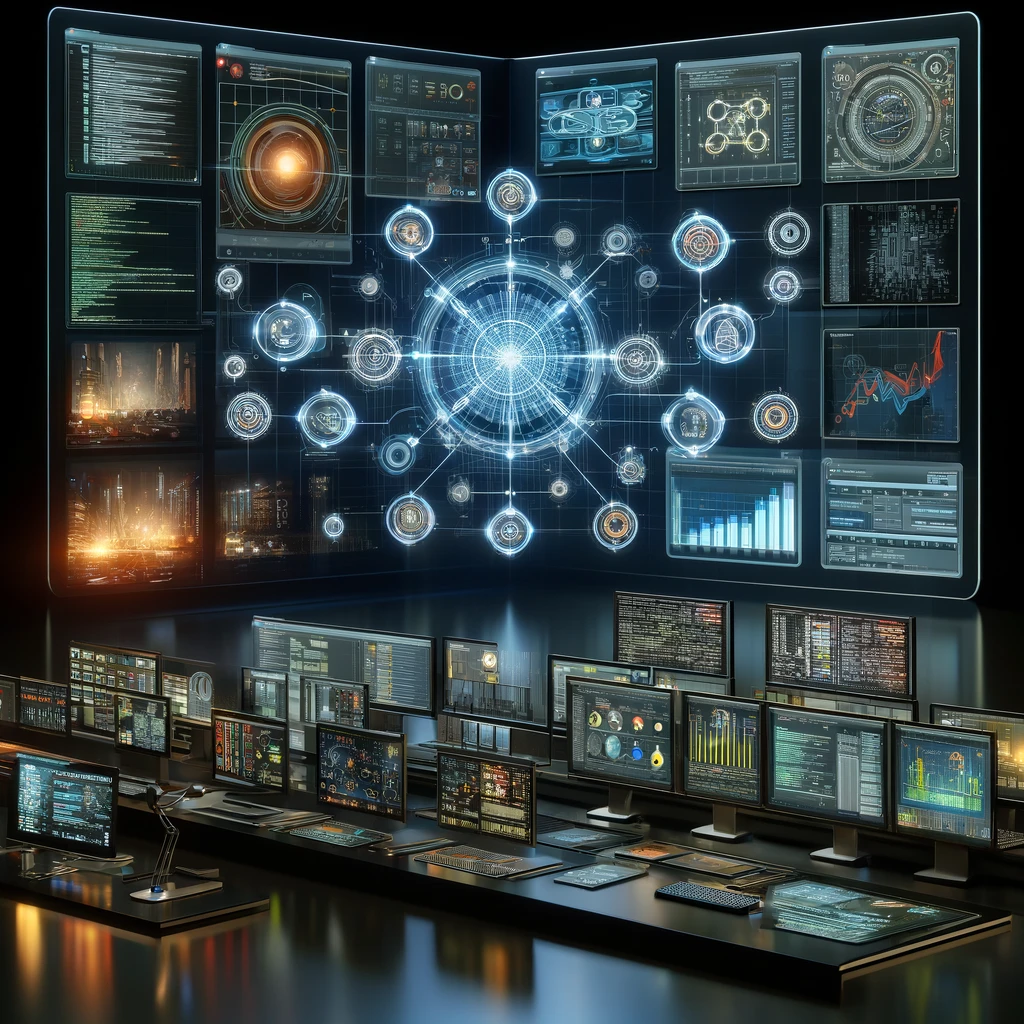
Software robots are taking over repetitive and error-prone tasks, such as data collection and organization, report generation, and simple problem-solving. This frees IT professionals to focus on more strategic and creative activities, such as developing new solutions and analyzing complex data.
Artificial intelligence is being applied to automate decision-making processes, allowing systems to identify patterns, make predictions, and learn from data. Chatbots and virtual assistants, for example, are widely used to serve customers and provide technical support, improving user experience and reducing response times.
Benefits of IT Automation:
- Increased Productivity: Repetitive tasks are automated, freeing professionals for more strategic activities.
- Error Reduction: Automation minimizes the risk of human error, ensuring greater accuracy in results.
- Agility: Processes are executed faster, speeding up decision-making.
- Cost Savings: Automation can reduce operational costs and increase efficiency.
- Improved Security: Automation can be used to monitor systems and detect threats, enhancing information security.
Challenges of IT Automation:
- Employment Impact: Automation may lead to job losses in some areas, requiring workforce reskilling.
- Implementation Costs: Implementing automation systems may require significant initial investment.
- Data Security: Ensuring data security during the automation process is critical.
The Future of IT Automation
The future of IT automation is promising, with expectations that technologies will continue to evolve and become more accessible. Complete automation of all processes is still a long way off, but the trend is for more and more tasks to be automated, transforming the way companies operate.
